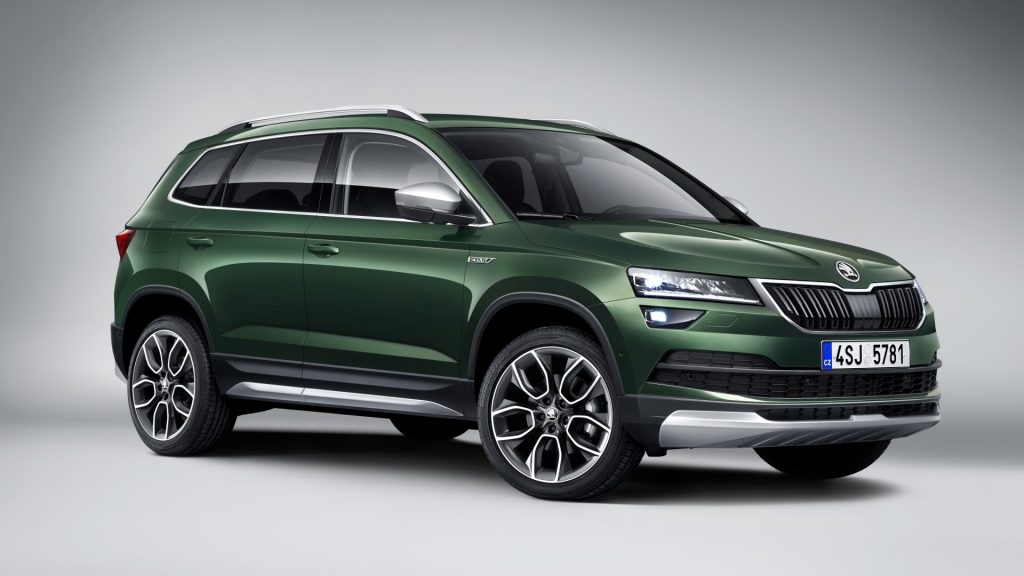Inspiring Change – The Positive Impact of Sensors on Modern Manufacturing
In the rapidly evolving landscape of modern manufacturing, sensors play a pivotal role in driving efficiency, quality, and sustainability. By providing real-time data and insights, these devices empower manufacturers to make informed decisions that enhance operational processes and contribute to overall productivity. The integration of sensors into manufacturing systems facilitates the implementation of advanced technologies such as the Internet of Things IoT, enabling machines and equipment to communicate seamlessly. This connectivity not only allows for continuous monitoring of machinery performance but also supports predictive maintenance strategies, significantly reducing downtime and maintenance costs. As a result, companies can optimize their production schedules, maintain consistent output, and improve their bottom line. Moreover, sensors contribute to quality assurance by enabling precise measurements and monitoring throughout the manufacturing process. For instance, in industries like automotive and aerospace, where quality standards are stringent, sensors can detect deviations in parameters such as temperature, pressure, and humidity in real time.
This immediate feedback loop allows Omch manufacturers to address issues promptly, ensuring that defects are identified and rectified before they escalate into larger problems. Consequently, the reliance on manual inspections is diminished, leading to a more streamlined quality control process that reduces waste and enhances product reliability. Sustainability is another crucial aspect where sensors make a significant impact. In the face of growing environmental concerns, manufacturers are increasingly seeking ways to minimize their carbon footprint and optimize resource consumption. Sensors enable better energy management by monitoring energy usage patterns in real-time, allowing companies to identify inefficiencies and implement energy-saving measures. Additionally, sensors can track material usage and waste generation, promoting more responsible resource management. For example, in a manufacturing facility equipped with sensors, the data collected can reveal opportunities to recycle materials more effectively or reduce excess production, ultimately contributing to a more sustainable manufacturing process.
The rise of Industry 4. Zero, characterized by the integration of smart technologies in manufacturing, further underscores the transformative power of sensors. By leveraging big data analytics alongside sensor technology, manufacturers can gain deep insights into their operations, facilitating data-driven decision-making and visit site for more further info https://www.omchsmps.com/ru/. This level of automation not only enhances operational efficiency but also empowers employees to focus on more strategic tasks rather than routine monitoring. As a result, the workforce becomes more engaged and productive, fostering a culture of innovation and continuous improvement. In conclusion, the positive impact of sensors on modern manufacturing cannot be overstated. From driving operational efficiency and enhancing product quality to promoting sustainability and fostering innovation, sensors are at the forefront of a manufacturing revolution. As the industry continues to embrace these technologies, manufacturers are well positioned to navigate the challenges of a competitive market while contributing to a more sustainable and efficient future. Embracing the potential of sensors not only transforms manufacturing processes but also inspires a broader shift toward a smarter and more responsible industrial landscape.

